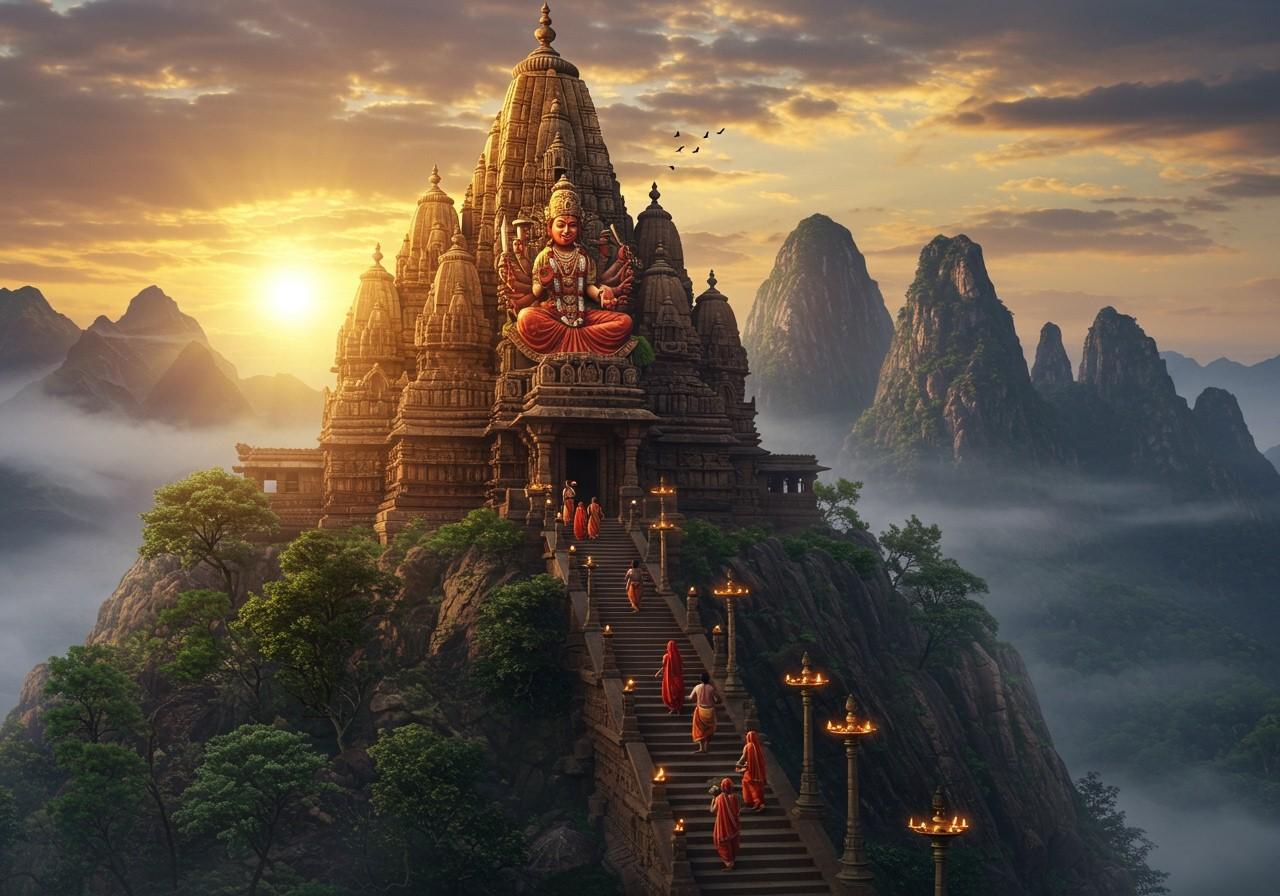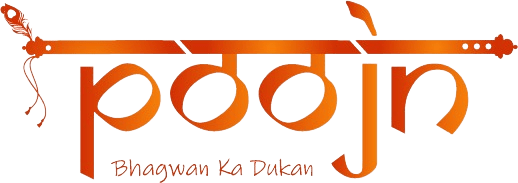

Bharat is a land of countless stories, where every corner holds a unique cultural treasure waiting to be discovered. In the lush green valleys of Northeast India, particularly in Assam, live the Dimasa people, one of the oldest tribes of the region. Their story isn’t just written in books; it echoes in their language, dances, and ancient traditions. Let’s take a heartfelt journey to understand the rich world of the Dimasa community.
The Voice of the River People: Unpacking the Dimasa Language (Grao-Dima)
A language is more than just words; it’s the soul of a community. For the Dimasa people, their language, known as ‘Grao-Dima’, is a beautiful reflection of their identity. The name ‘Dimasa’ itself is so poetic, translating to “children of the big river.” Here, ‘Di’ means water, ‘Ma’ means big, and ‘Sa’ means children or son, likely honouring the mighty Brahmaputra river that has nurtured them for centuries.
Belonging to the Tibeto-Burman language family, it shares a close bond with other languages of the region like Boro and Kokborok. While it is primarily written using the Latin script today, especially in schools, the Bengali script is also used in some areas. Sadly, like many indigenous languages, Grao-Dima is considered vulnerable. It is spoken with love and pride within homes and at social gatherings, but its use is limited outside these spaces. Preserving this linguistic heritage is crucial for keeping the Dimasa culture alive and vibrant for future generations.
A Journey Through Time: The Rich History of the Dimasa Kingdom

The history of the Dimasa people is as grand as the river they are named after. Believed to be among the earliest inhabitants of the Brahmaputra valley, their ancestors embarked on an epic migration that possibly started from Tibet. They established a powerful kingdom that flourished from the 11th to the 19th century. The magnificent archaeological remains in places like Dimapur (in Nagaland), Maibang, and Khaspur (in Assam) stand as silent witnesses to their glorious past.
Isn’t it fascinating how their legends connect to our great epics? Many Dimasas believe their royal lineage traces back to Ghatotkacha, the brave son of Bhima from the Mahabharata. Over time, especially after shifting their capital to Khaspur around 1750, the kingdom saw a growing influence of Hinduism. This beautiful blend of indigenous beliefs and Hindu traditions showcases the accommodating and open-hearted nature of the Dimasa people.
Living Traditions: A Glimpse into Dimasa Culture
The true essence of the Dimasa people lies in their vibrant culture, which is a beautiful tapestry of unique social customs, deep-rooted faith, and joyous celebrations.
A Unique Social Fabric
One of the most remarkable aspects of Dimasa society is its clan system. They have 40 male clans (Semphong) and 42 female clans (Julu or Jadi). The beauty of this system is that marriage within the same clan, whether male or female, is strictly forbidden, promoting community harmony and diversity. In Dimasa culture, women are held in high regard, seen as equal partners and inseparable companions. The birth of a girl is celebrated with as much joy as the birth of a boy, a value that speaks volumes about their progressive outlook.
Faith and Rituals
The Dimasa people have their own unique religious beliefs, honouring various gods and goddesses who they believe protect their communities and clans. For them, faith is a very personal and community-driven experience. Instead of idols, they often worship at a ‘daikho’ (house of God), which is represented by a simple earthen mound. They believe in appeasing the deities for the well-being and prosperity of their people. This deep connection to their faith is what keeps their traditions alive. Just as the Dimasa people use specific items for their rituals, many of us across India seek authentic items for our own pujas. For those looking to perform their rituals with devotion, finding the right items is key. You can explore a beautiful collection of ritual essentials like a Handmade Dhuno Pot at poojn.in to bring a traditional touch to your worship.
Rhythms of Life: Music, Dance, and Festivals
The rhythm of Dimasa life is deeply connected to the land, with agriculture being their main source of livelihood. This connection is celebrated with immense joy during their most important festival, Busu Dima. Celebrated after the harvest, it’s a time for the whole community to relax, feast, and make merry. Their celebrations come alive with traditional music from instruments like the Muri (a type of flute) and Khram (drum). The dances, with their unique harmony of steps, music, and song, are a sight to behold, telling stories of their ancestors and their way of life.
Exploring Dimasa Heritage and Frequently Asked Questions
Many people are curious about the specifics of this wonderful culture. Let’s delve into some common questions that arise when exploring the richness of the Dimasa people.
-
The structure of the Dimasa language
It is a fascinating Tibeto-Burman language with its own unique grammar and vocabulary. It is a tonal language, which means the meaning of a word can change based on the pitch. This richness is best preserved through its oral traditions, like folk songs and stories passed down through generations. -
Why preserving the Dimasa language is so important
To lose a language is to lose a culture. Preserving Grao-Dima is vital for maintaining the identity, traditions, and invaluable ancestral knowledge of the Dimasa people. It is a fight to keep their unique worldview alive for generations to come. -
Efforts being made to teach the language to the youth
There is a growing movement to ensure the language thrives. Community leaders and organisations are working to integrate Dimasa into local school curricula. Furthermore, technology is being used to create digital resources, making it easier for young people to learn and connect with their mother tongue. -
Challenges facing the Dimasa language today
Like many indigenous languages across the world, Dimasa faces challenges from more dominant languages and the pressures of urbanization. As younger generations move to cities for education and work, the everyday use of their native tongue can decline, posing a threat to its survival.
Embracing our roots and decorating our homes with art that tells a story is a wonderful way to keep our culture alive. A piece like this Mandala Wall Decor from poojn.in can serve as a beautiful reminder of the intricate and sacred patterns found in Indian traditions, including those of our diverse tribal communities.
The Future of a Legacy: A Hopeful Tomorrow
The story of the Dimasa people is a powerful testament to resilience and cultural pride. By learning about their language, history, and traditions, we not only honour them but also enrich our own understanding of India’s incredible diversity. Supporting community-led initiatives and showing interest in their culture are small steps we can all take to help preserve this beautiful heritage. Let’s celebrate the soulful echo of the Dimasa and ensure their voice continues to resonate for centuries to come.


